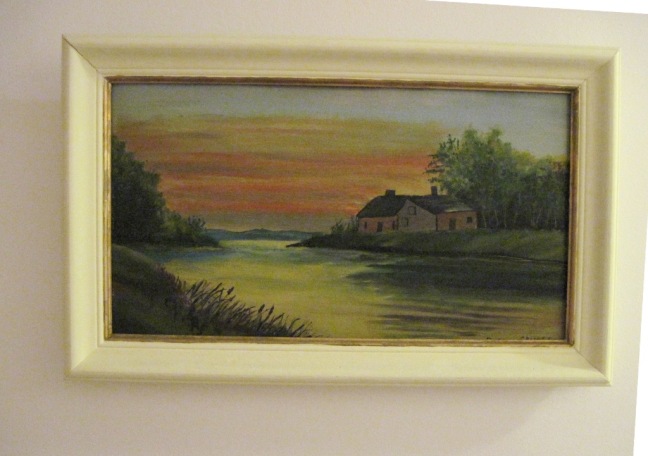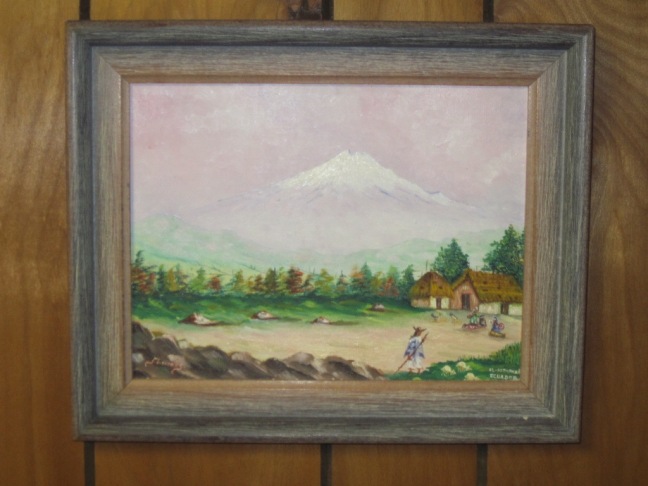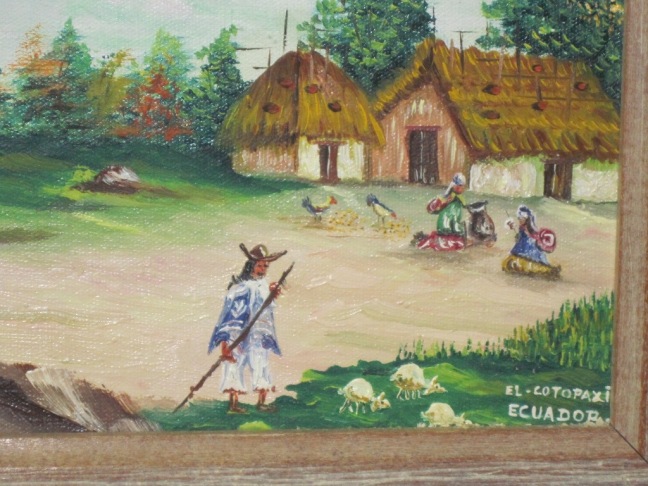Title: unknown
Artist: Bevin Chikodzi, 1966-2006, Zimbabwe
Style: Shona sculpture
Medium: green serpentine (?) stone
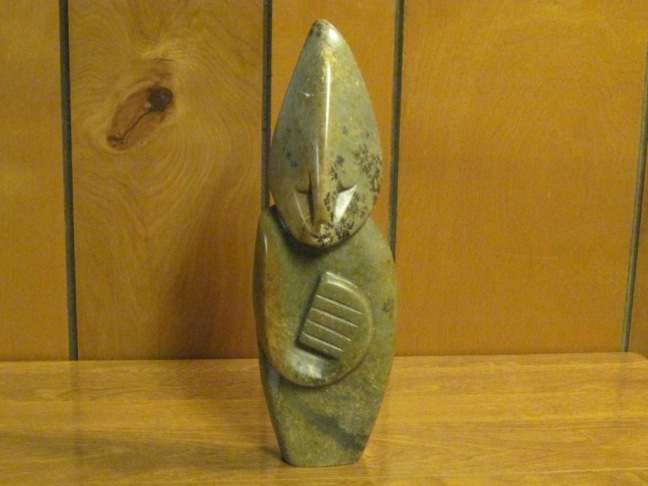
Measurements:
height: 27 cm
width: 9 cm
depth: 4 cm
Condition: a few scratches
Signed: By B Chikodzi
This abstracted figure was released from the stone by Zimbabwean sculptor Bevin Chikodzi. Carvers in the Shona tribe contemplate the piece of rock in order to expose the spirit it contains. The figure revealed here has a large right hand, and a serene face reminiscent of traditional African masks. I don’t know the title.
Bevin Chikodzi was born in Mrewa, Zimbabwe in 1966, and was an artist in Chitungwiza. According to Efka, “The development of his talent is related to his uncle Wellington Mudhokwani, a local sculptor in Seke. Under his wings Bevin at the age of 16 dedicated almost his entire time to sculpturing. He sculptured for hours with passion often neglecting his school and later work. Next to his uncle also ‘Mr. Mdokwani’, probably sculptor Farai Mdokwani, taught him to carve in 1987.” (1.) He set out on his own the next year. Bevin worked as a full-time sculptor. (2.)
Bevin said, “When I sculpt I have to do it with spirit in my work. You can not just sculpt. According to some method or some book. You must place your whole emphasis on the spiritual content.” (1.) He believed that, “nothing which exists naturally is inanimate” –it has a spirit of its own. You must be aware of the stone’s contribution to the finished artwork. (2.)
Bevin was a gentle man of good humor, respected in his community. His art has been exhibited in Africa, UK, Germany, the Netherlands, Canada, USA, Australia, Spain, Singapore, Japan and Belgium. Bevin represented Zimbabwe at the Expo 2000 Germany and the Expo 2004 in Japan. (1.) His country’s name, Zimbabwe, means, “house of stone.”
Shona sculpture is, “perhaps the most important new art form to emerge from Africa in the 20th century,” according to Newsweek. (3.) Picasso admired Shona sculpture, but modern cubism was not an influence on the African artists. (3.) They began with traditional subjects, and worked with the stone’s spirit to discover the image within.
In this stone, Bevin found a human with right arm bending. If you tried to pose this way, your palm might be out.
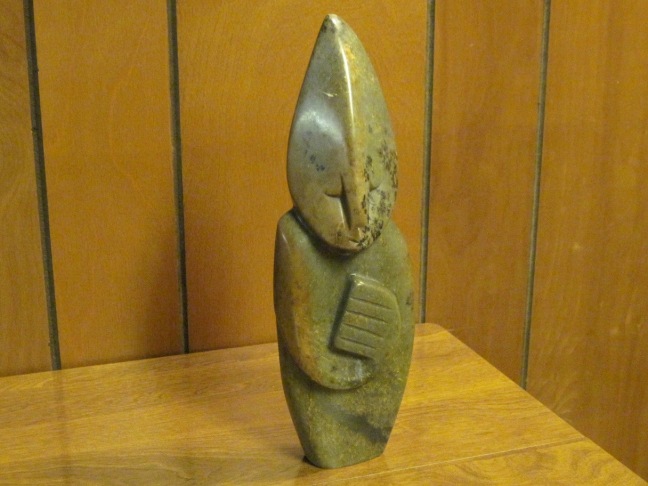
- “Bevin Chikodzi African Abstract Bird Stone Sculpture Zimbabwe 2nd Half of the 20th C,” c.2016-2019. Efka in the Netherlands, of BrandNewVintageStore on Etsy. https://www.etsy.com/listing/611234687/bevin-chikodzi-african-abstract-bird
- “A Mothers Love,” by Unknown in Somerset West, Cape Town, South Africa, Stone Sculpture blog, April 9, 2013, http://artcreationsafrica.blogspot.com/2013/04/a-mothers-love.html
- “SHONA MODERN | The Peggy Knowlton Collection of 20th Century Zimbabwean Art,” Press Release by Material Culture, May 23, 2017, https://materialculture.com/about_shona_modern/

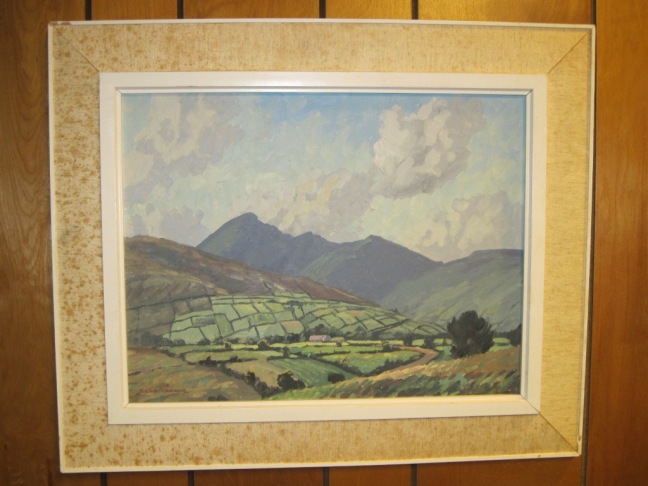
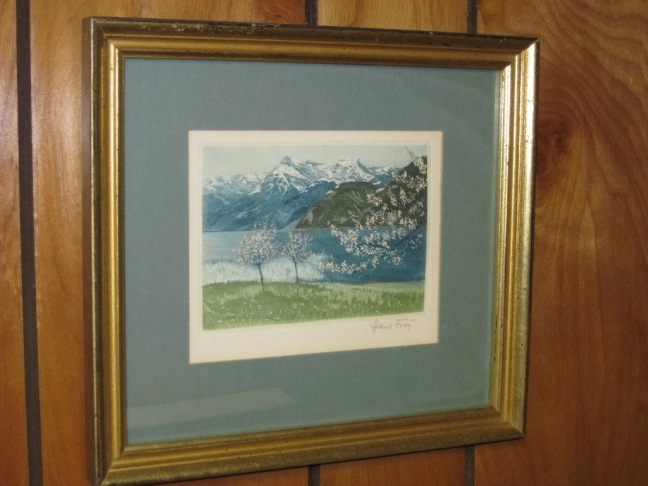
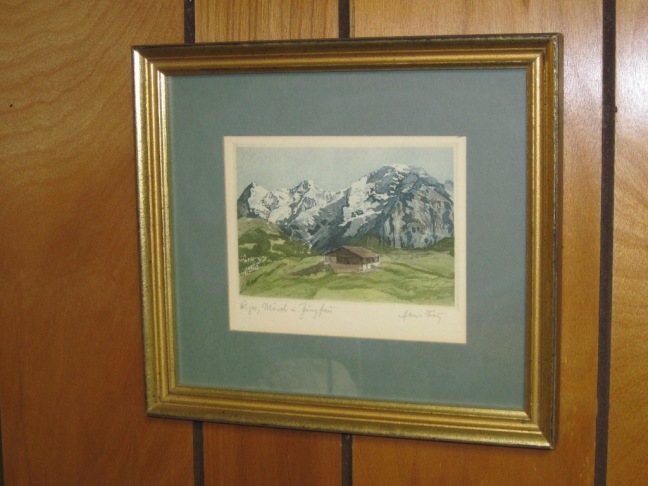
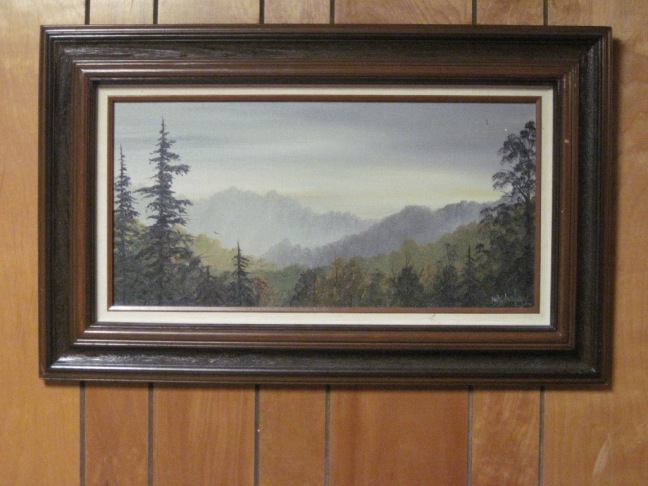
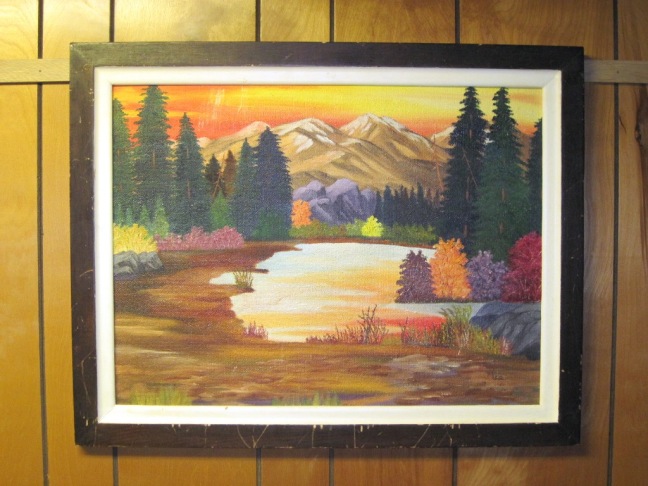
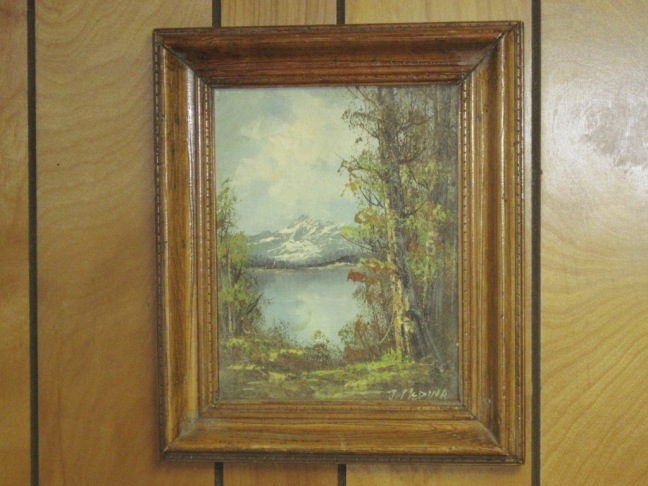
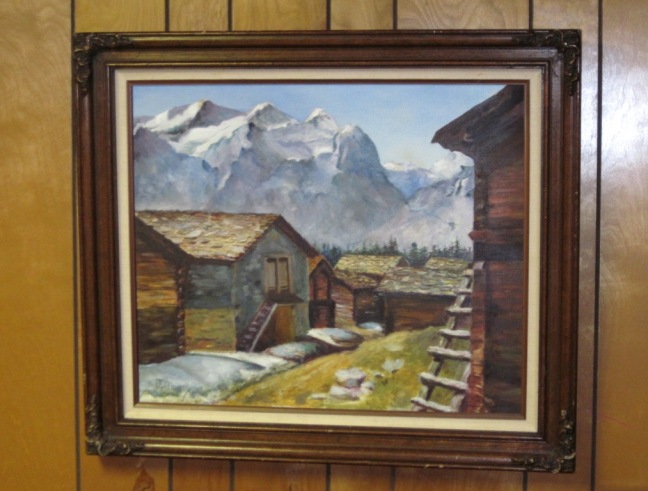 Title: Swiss Alps
Title: Swiss Alps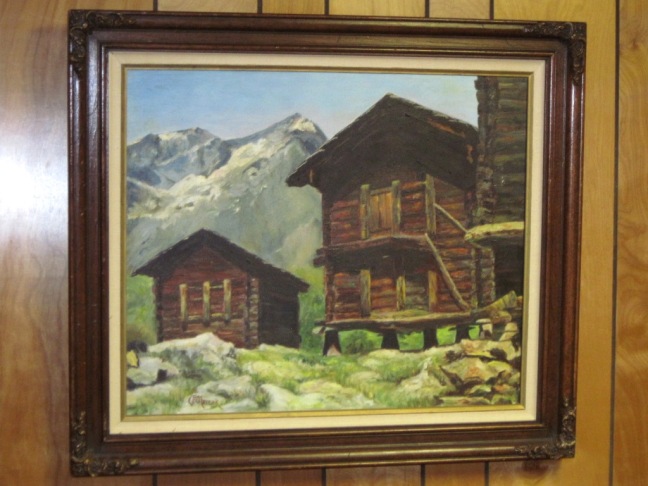 Title: Untitled
Title: Untitled